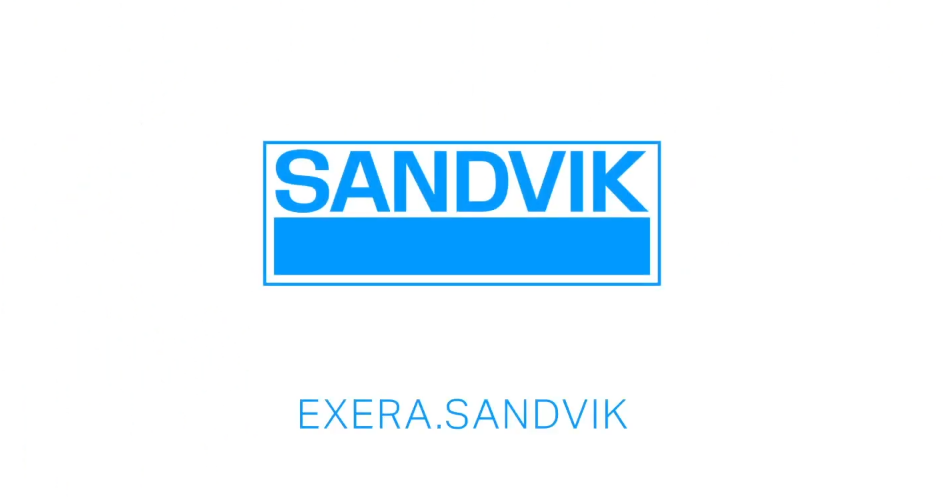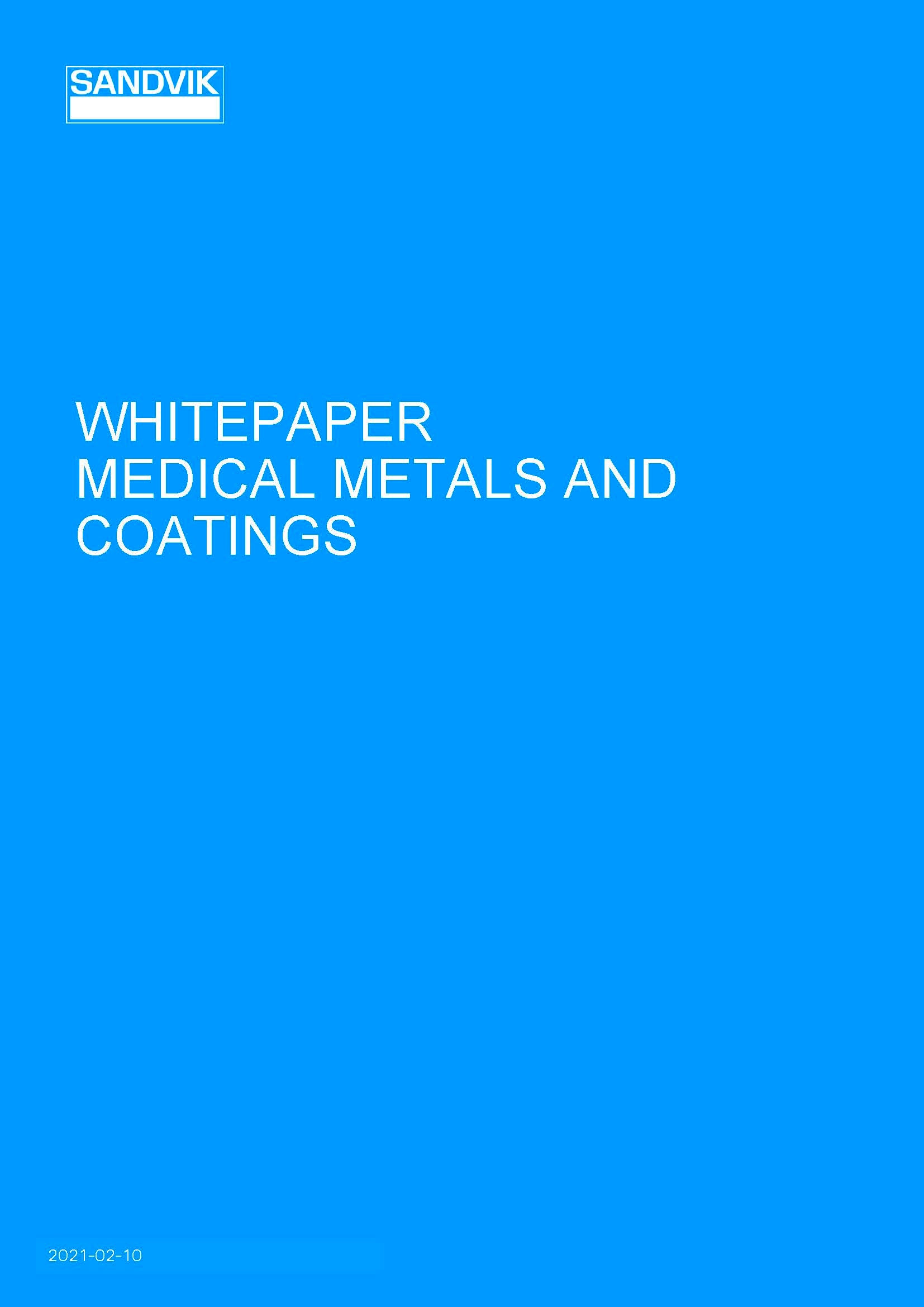
Medical devices are used for various applications in the field of cochlear remediation, including cochlear implants, middle ear implants and bone conduction systems.
A cochlear implant is a medical device that stimulates the damaged portions of a patient’s inner ear in order to deliver sound signals to the brain. These devices are comprised of a microphone, a transmitter, a speech processor and an electrode array. When sound is received by the microphone it is transmitted to the speech processor, which converts the sound energy into a numerical code to be transferred to the internal receiver via the headpiece. These receivers are connected to an electrode implanted in the cochlear, which directly stimulates the auditory nerves.
Middle ear implants on the other hand are a more recent development, which stimulate the nerves of the inner ear using mechanical energy impulses. They are comprised of a processor that transmits sound energy to a surgically implanted internal receiver unit via tightly-coiled metal wire. The implant is attached to the bones of the middle ear, and upon receiving sound signals it vibrates the membrane windows.
Bone conducting systems consist of a titanium implant, an abutment and a sound processor that are placed behind the ear. Sound waves are picked up by a processor and transmitted to the inner ear by vibrating the skull bone.
Sandvik manufactures ultra-fine wire components that are used in medical devices for cochlear remediation. The exact materials or configurations depend on the application, but for implantable cochlear devices commonly used selections include Gold or the Sandvik Pt10Ir and Sandvik Pt20Ir wire, which are Platinum Iridium alloys that offer biocompatibility, radiopacity, moderate strength and good formability properties, as well as a medical-class surface finish for maximum fatigue resistance. Telemetry coils also increase fatigue strength for cochlear implants and critical electrodes.
Sandvik also offers a range of coatings suitable for cochlear remediation devices, including PTFE, Polyester, Polyphenylsulfone, Polyimide and Epoxy.
For more information about EXERA fine medical wire-components, including available materials and surface treatments, download the white paper below.



